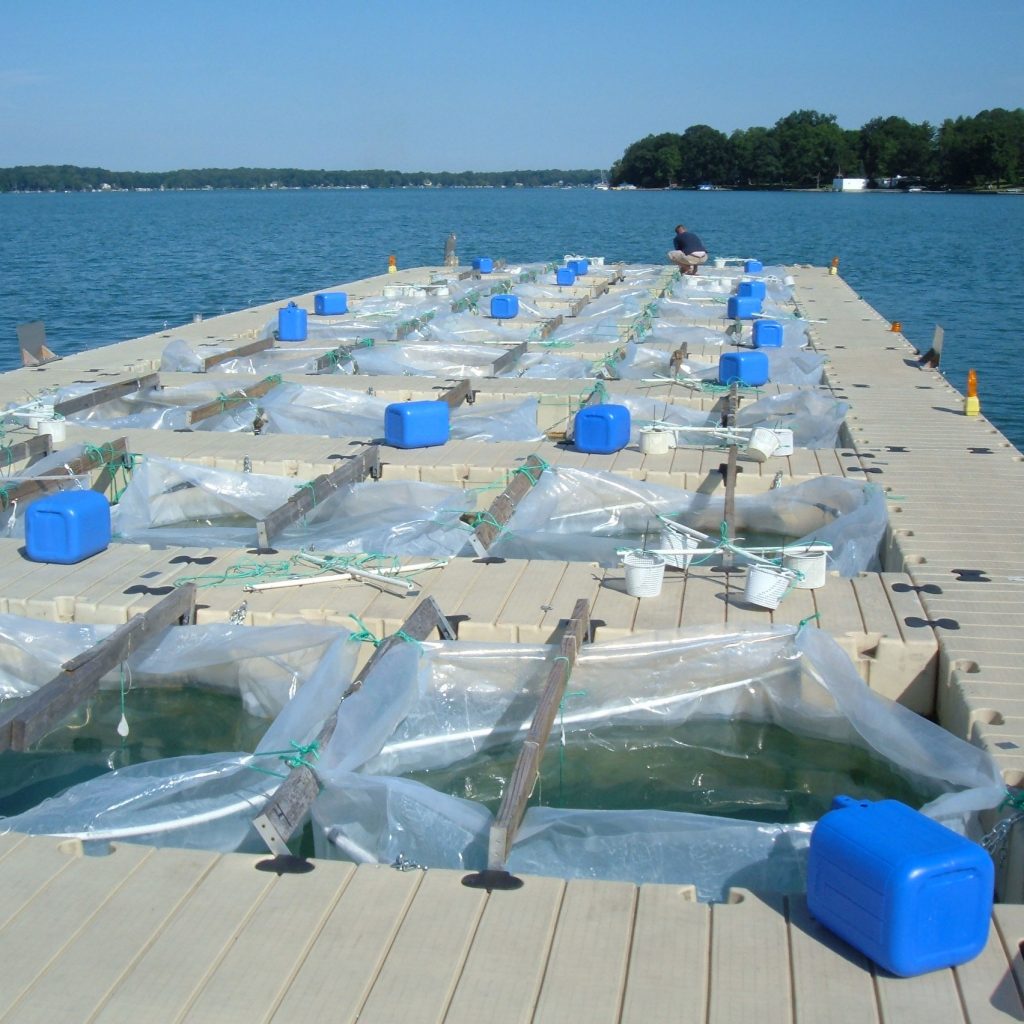A trove of long-term data on zebra mussels and a type of blue-green algae in Gull Lake turned a mass die-off of the invasive shellfish into a research opportunity for W.K. Kellogg Biological Station researchers.
Zebra mussels (Dreissena polymorpha), were first detected in Gull Lake in the early 1990s, shortly before an uptick in the presence of Microcystis, one of several forms of cyanobacteria that commonly are referred to as blue-green algae.
Microcystis is typically found in nutrient-rich waters, which Gull Lake is not considered to be. So KBS researcher Stephen Hamilton and others, including Orlando Sarnelle, a professor emeritus in MSU’s Department of Fisheries and Wildlife, wondered if there was a relationship between the presence of zebra mussels and nuisance algal blooms.
“We observed that zebra mussels can filter out the Microcystis with other particles, but then they spit out the Microcystis because evidently it is unpalatable to them,” Hamilton said.
A cause-and-effect relationship
A large-scale die-off of zebra mussels occurred in Gull Lake in 2010 during a period of warm water temperatures, which presented an opportunity to measure Microcystis abundance against past long-term data. They found a large decrease in Microcystis after the zebra mussel die-off, despite water temperatures being optimal for algae growth.
“This fortuitous observation following years of sampling strengthens the argument that there is a cause-and-effect relationship, and not just a correlation, between zebra mussels and increased Microcystis,” Hamilton said. “Multiyear studies can catch slow, unusual or extreme events that could be making important changes resulting in long-term lasting effects in the ecosystems.”

Related articles
Cascading effects: insights from the U.S. Long Term Ecological Research Network | May 17, 2021
Researchers find relationship between invasive zebra mussels, toxic algae | July 8, 2021


A legacy of conservation; a commitment to sustainability.
3700 E. Gull Lake Drive
Hickory Corners, MI 49060
(269) 671-5117
info@kbs.msu.edu